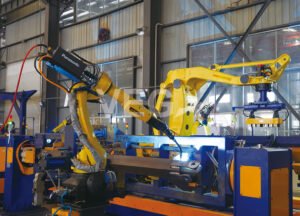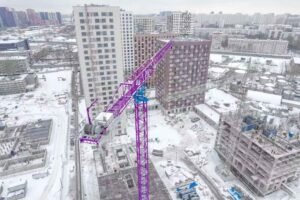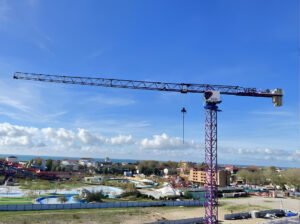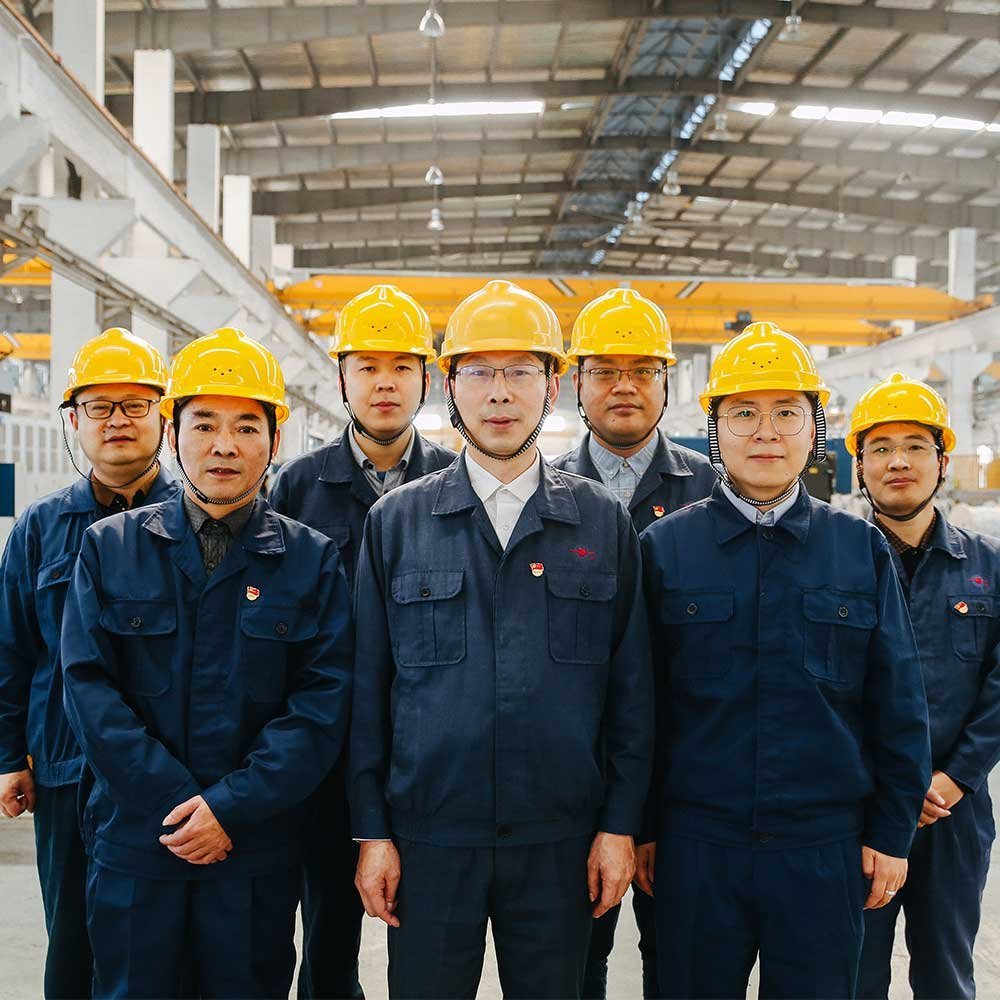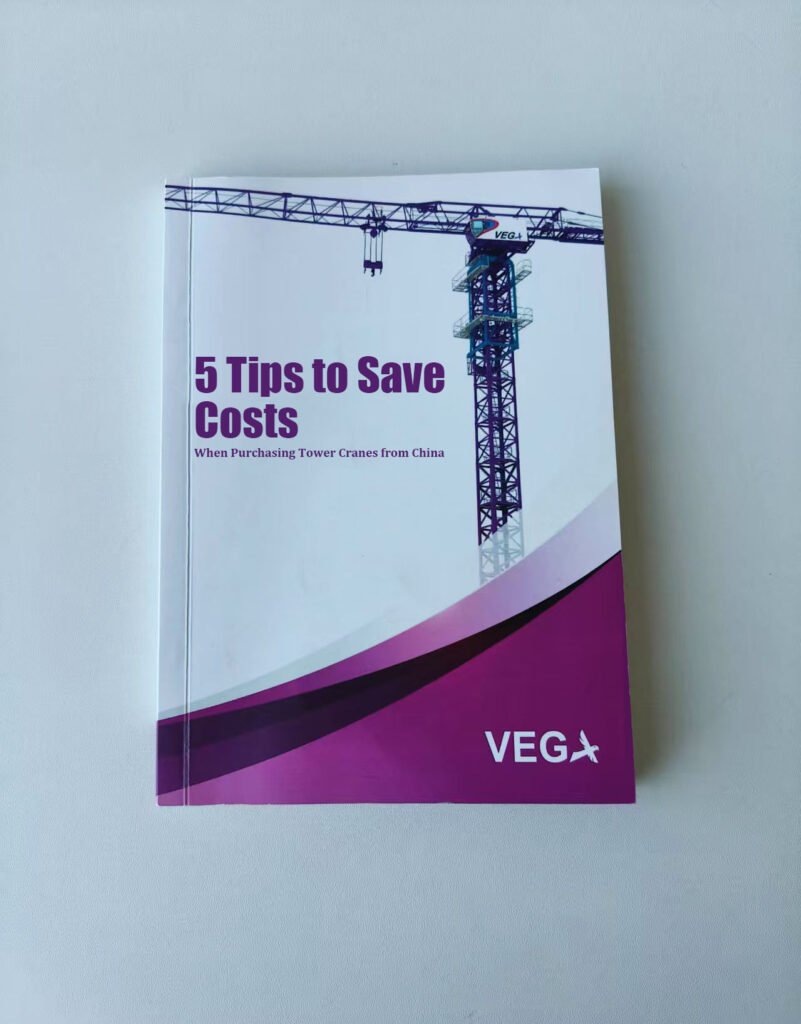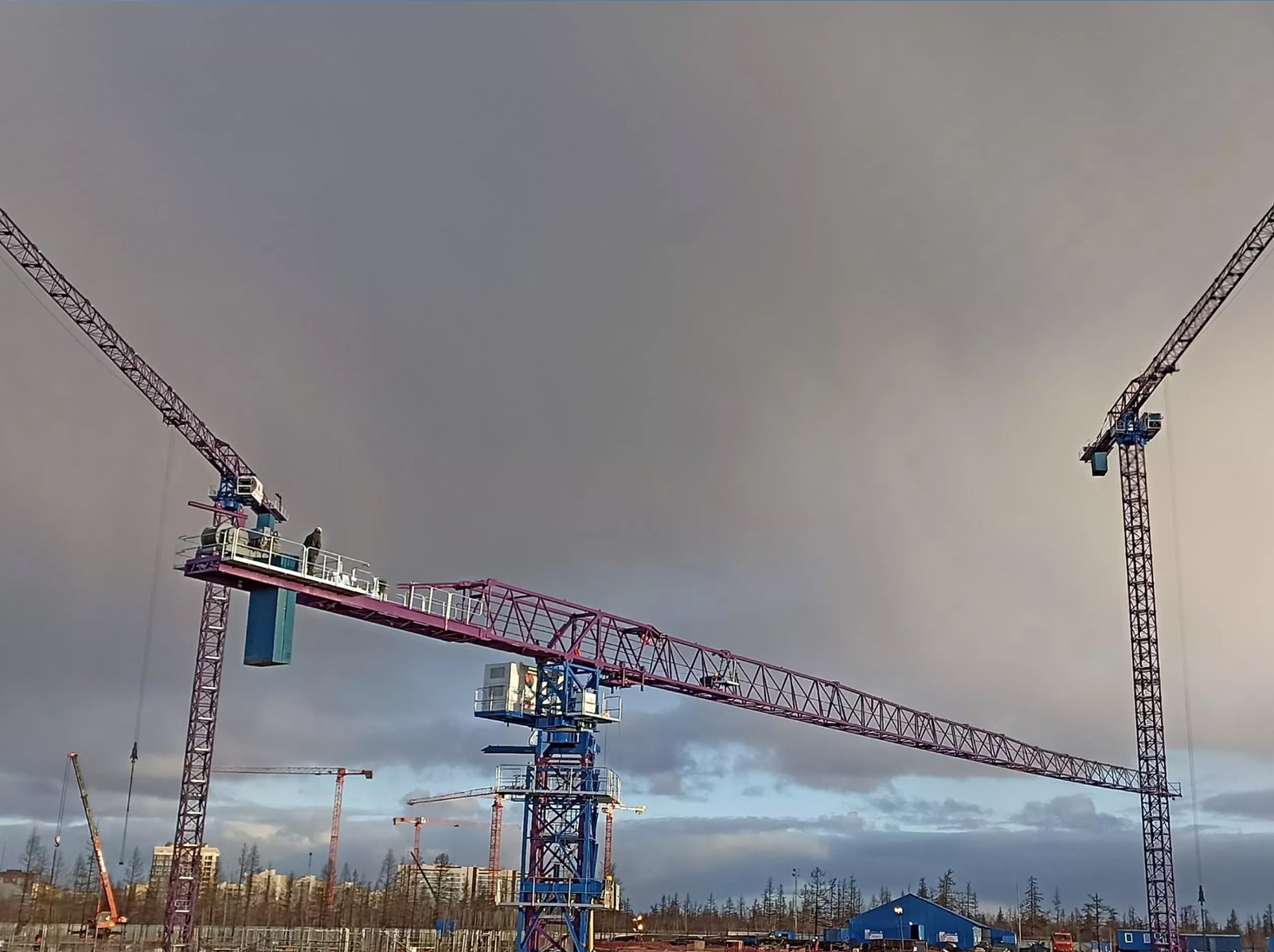
Tower cranes are essential for high-rise construction, and understanding the different types is key to selecting the right one for your project. The two main types of tower cranes1 vary in design and functionality to meet different construction needs.
Tower cranes come in two main types: hammerhead crane2s and luffing jib crane3s, each designed for specific construction scenarios and operational efficiency.
Let’s explore the two main types of tower cranes, their features, and the most common classifications of cranes used in construction.
What are the types of tower cranes?
There are two primary types of tower cranes used in construction: the hammerhead crane and the luffing jib crane. Both cranes are fixed to the ground and are known for their height, but they have distinct features that make them suitable for different tasks.
The main types of tower cranes are the hammerhead crane, which has a fixed jib, and the luffing jib crane, which features a movable jib for greater flexibility.
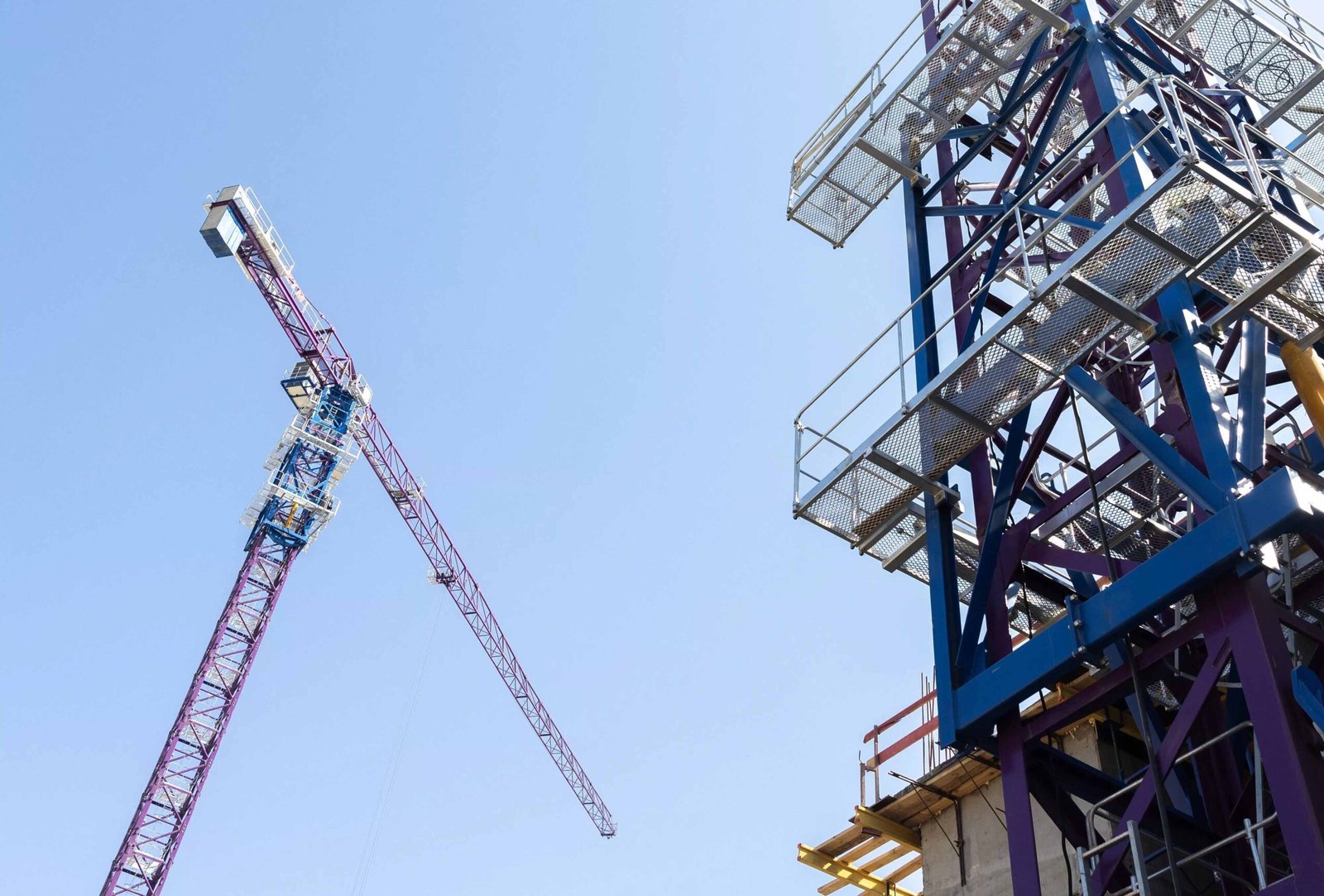
The hammerhead crane is the more traditional type of tower crane. It features a horizontal jib that remains at a fixed angle, allowing the crane to lift heavy loads over a wide area. This type of crane is commonly used in projects with a large radius requirement, such as building tall structures. On the other hand, the luffing jib crane has a unique jib that can change its angle, allowing it to raise and lower the boom. This flexibility makes it ideal for projects with tight spaces or situations where the crane needs to avoid obstacles. Luffing jib cranes are more commonly used in urban areas where construction sites are often constrained by surrounding buildings.
Key Features of Tower Cranes
| Crane Type | Main Features | Best Use Case |
|---|---|---|
| Hammerhead Crane | Fixed horizontal jib, wide radius | Tall buildings, large construction projects |
| Luffing Jib Crane | Movable jib, flexibility in adjusting the boom angle | Urban construction, sites with space constraints |
Both types of tower cranes play vital roles in modern construction, and their suitability depends on the project's layout and the required lifting range.
What are the two cranes lifting names?
The two main lifting types of tower cranes are lifting and hoisting. Lifting refers to the vertical movement of the load, while hoisting involves moving the load horizontally along the crane's jib.
The two primary lifting functions of tower cranes are lifting (vertical movement) and hoisting (horizontal movement), which are essential for efficient material handling.
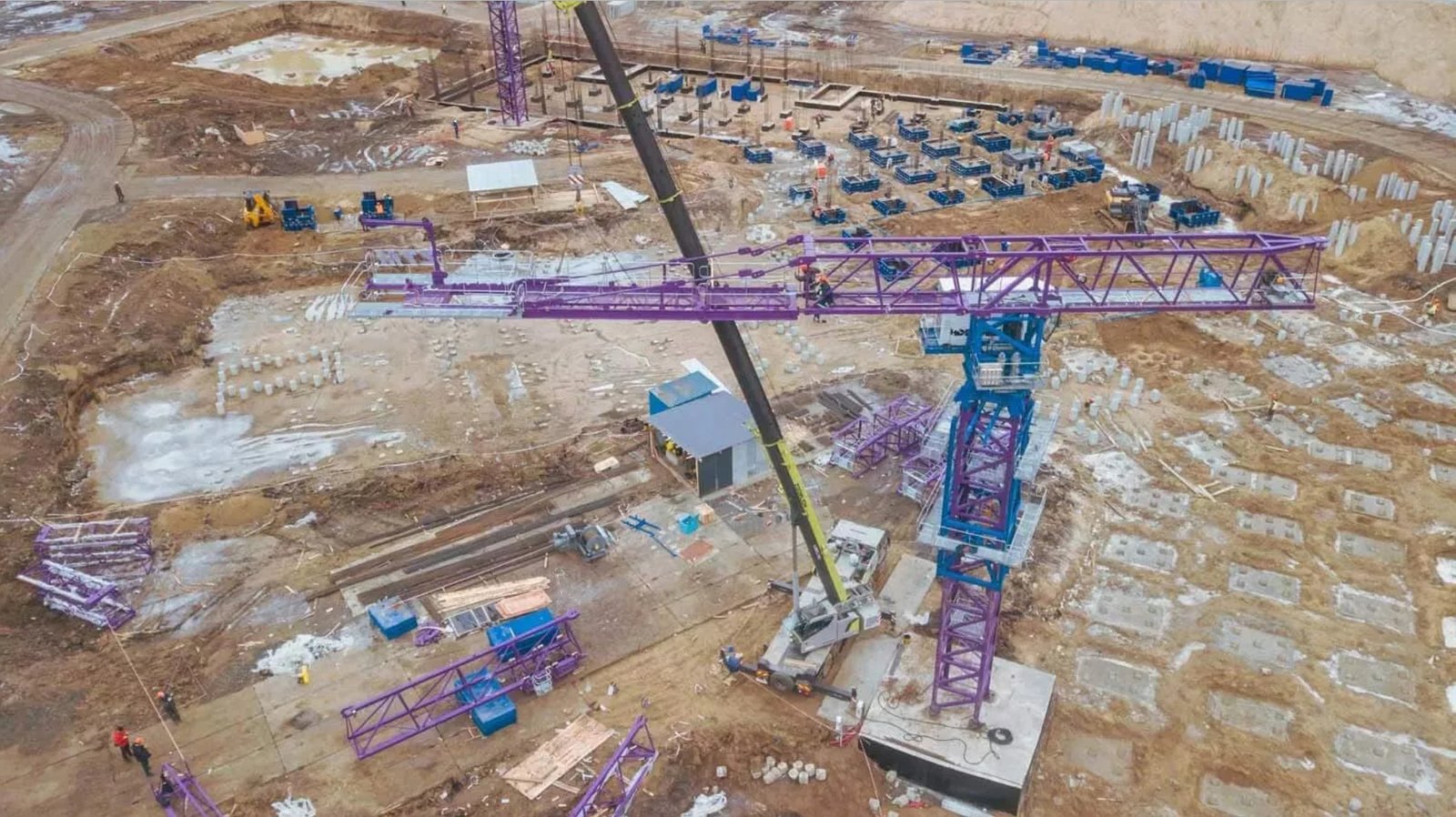
Lifting4 and hoisting are the two essential movements for tower cranes. Lifting refers to raising or lowering a load vertically from the ground or a lower level of a building. It is typically powered by a winch or hoisting mechanism that relies on strong cables or ropes to carry the load. Hoisting5, on the other hand, refers to the horizontal movement of a load along the jib. This allows the crane operator to position the load at different points along the crane’s working radius. Both functions are controlled by motors and hydraulic systems, ensuring precision and safety. Understanding these two movements is crucial for ensuring that crane operators can efficiently and safely place materials at the desired location on a construction site.
Lifting vs Hoisting
| Function | Description | Equipment Used |
|---|---|---|
| Lifting | Vertical movement of a load, either up or down. | Winches, cables, hoists |
| Hoisting | Horizontal movement of the load across the jib. | Motorized trolleys, cable systems |
These two movements are the backbone of crane functionality and enable the handling of heavy materials in construction.
What is the most common type of crane?
The most common type of crane is the mobile crane6, which is widely used in construction, industrial, and infrastructure projects. However, for high-rise buildings and specialized construction, tower cranes, particularly hammerhead cranes, are often the preferred choice.
Mobile cranes are the most common type in construction due to their versatility, but tower cranes dominate in high-rise construction projects.
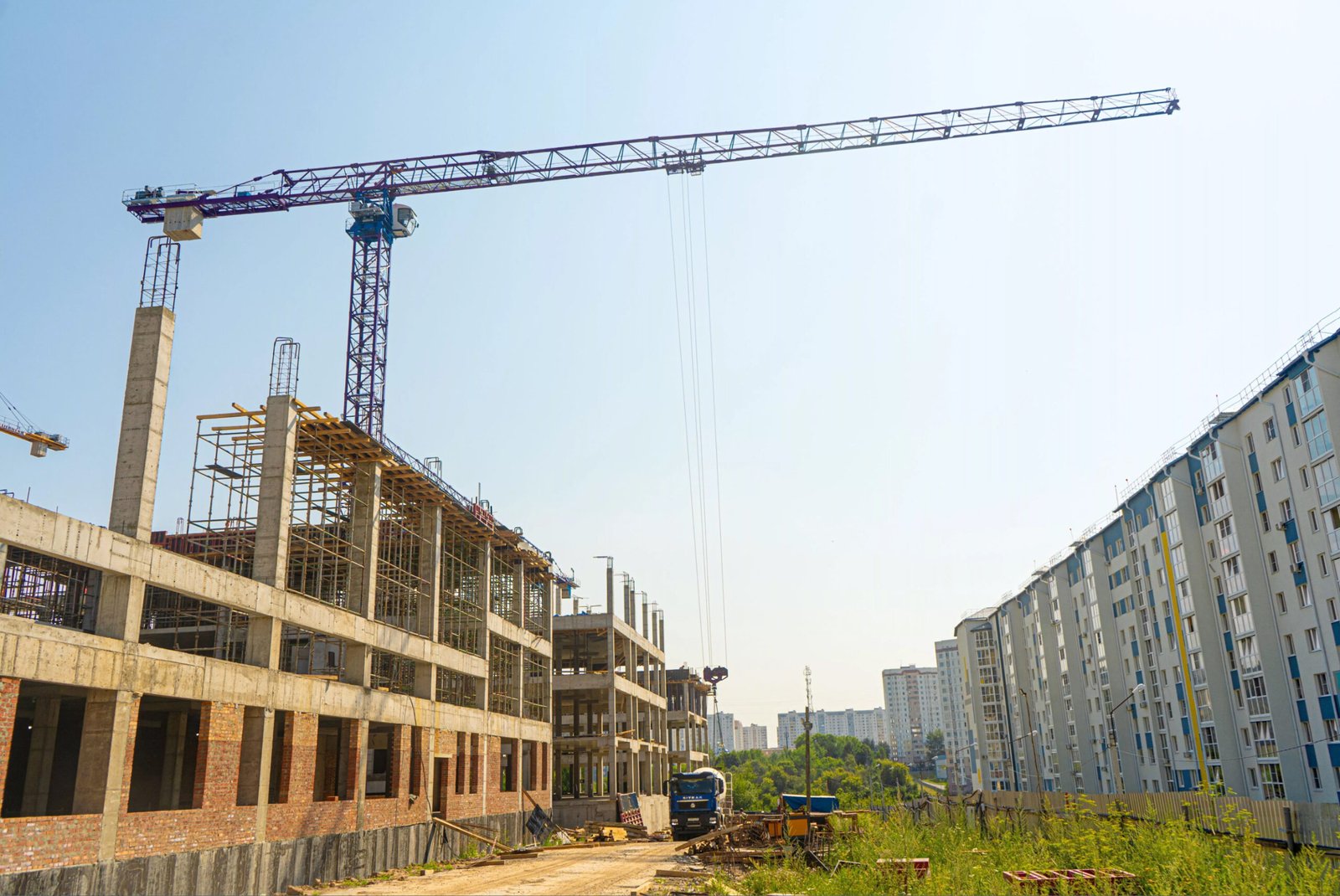
Mobile cranes are commonly used for their mobility and ease of transportation. They are mounted on trucks or tracks, allowing them to be easily moved from one site to another. These cranes are ideal for tasks that don’t require high vertical lifting or are on flat ground. However, for more specialized tasks, especially in high-rise construction, tower cranes are preferred. Among tower cranes, the hammerhead crane is the most common due to its high lifting capacity and ability to cover a large area. It is particularly useful in large construction projects where the crane needs to operate at a height and handle heavy materials across a wide radius.
Crane Types Comparison
| Crane Type | Features | Best Use Case |
|---|---|---|
| Mobile Crane | Easily movable, mounted on trucks or tracks | Smaller projects, infrastructure work, short-term use |
| Tower Crane (Hammerhead) | Fixed at a location, high lifting capacity, large radius | High-rise buildings, large-scale construction projects |
Mobile cranes are more versatile but tower cranes, particularly the hammerhead type, are preferred for high-rise construction projects due to their stability and reach.
What is the classification of cranes?
Cranes can be classified into several categories based on their design, function, and mobility. The most common classifications include mobile cranes, tower cranes, overhead cranes, and crawler cranes. Each classification serves a specific purpose, and selecting the right crane depends on the requirements of the job.
Cranes are classified into categories such as mobile, tower, overhead, and crawler cranes, each designed for different construction needs.
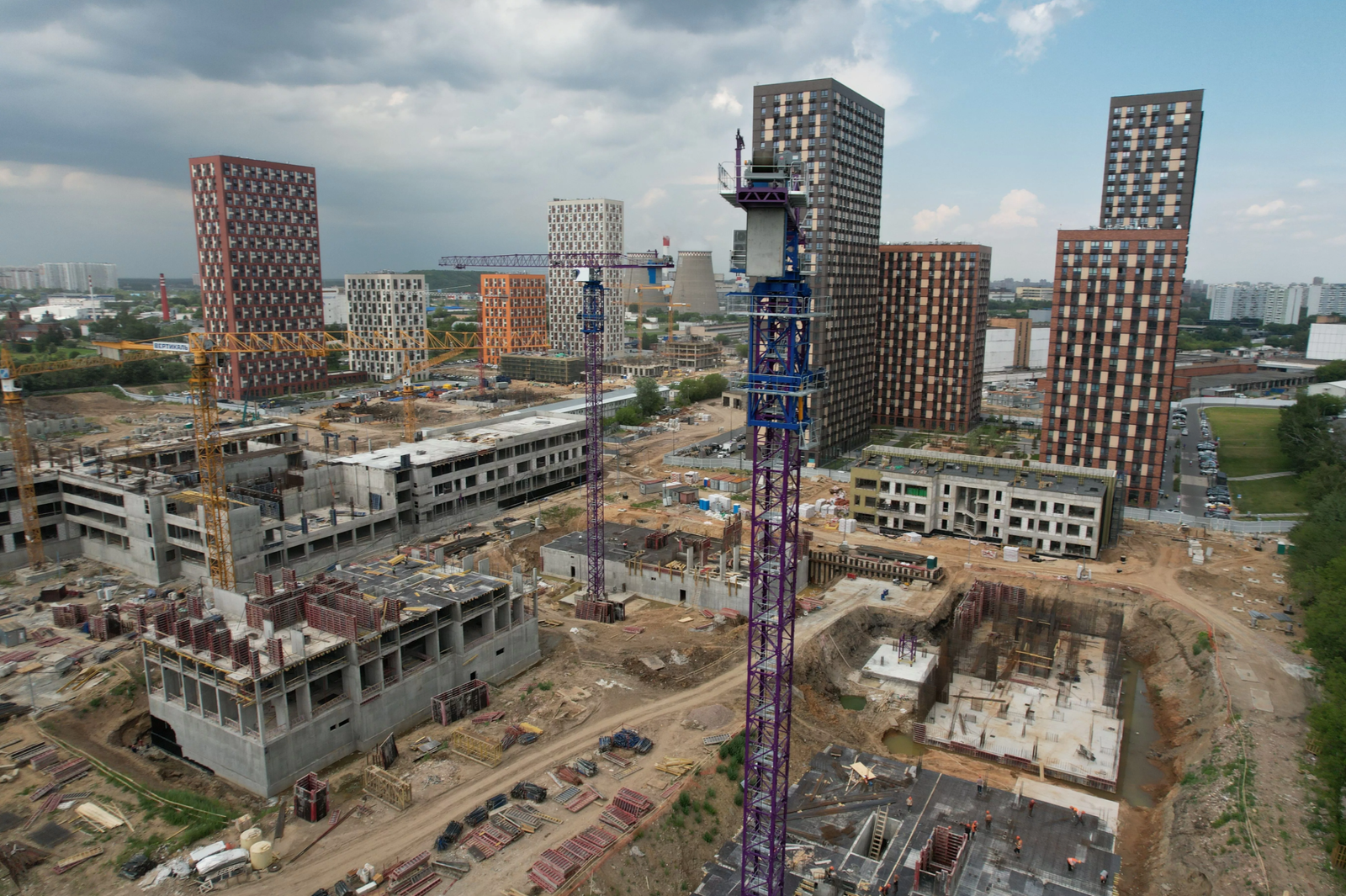
Cranes are categorized based on their design and function. Mobile cranes are versatile and used for tasks requiring mobility, while tower cranes7 are fixed structures ideal for high-rise building projects. Overhead cranes8 are mounted on tracks and are typically used in warehouses or factories for moving heavy materials within a building. Crawler cranes are equipped with tracks instead of wheels, providing better stability and mobility on rough or uneven terrain. There are also bridge cranes and stacker cranes designed for specific tasks like moving heavy materials across large distances or stacking goods in a warehouse.
Common Crane Classifications
| Crane Type | Description | Best Use Case |
|---|---|---|
| Mobile Crane | Mounted on a truck or track for easy transport. | Infrastructure, smaller projects, short-term use |
| Tower Crane | Fixed at a location for high-rise construction projects. | High-rise buildings, large-scale construction |
| Overhead Crane | Mounted on tracks for lifting and moving materials within a structure. | Factories, warehouses, manufacturing plants |
| Crawler Crane | Equipped with tracks for stability on rough terrain. | Large outdoor projects, uneven ground construction |
Each crane classification has its unique features, making it suitable for specific tasks in various construction and industrial environments.
Conclusion
The two main types of tower cranes, hammerhead and luffing jib, are designed for different construction needs, with classification of cranes ranging from mobile to overhead cranes, depending on project demands.
-
Explore the various types of tower cranes to make informed decisions for your construction projects. ↩
-
Discover the unique features and applications of hammerhead cranes in high-rise construction projects. ↩
-
Learn about the advantages and operational efficiency of luffing jib cranes for various construction scenarios. ↩
-
Explore this link to understand the lifting process in crane operations, which is vital for safe and efficient construction. ↩
-
Learn about hoisting in crane operations to grasp its importance in material handling and construction efficiency. ↩
-
Discover the benefits of mobile cranes in construction, enhancing your knowledge of versatile equipment used in various projects. ↩
-
Learn about the various types of tower cranes and how they cater to specific construction needs, enhancing project efficiency. ↩
-
Discover how Overhead cranes streamline material handling in warehouses, boosting productivity and safety. ↩


